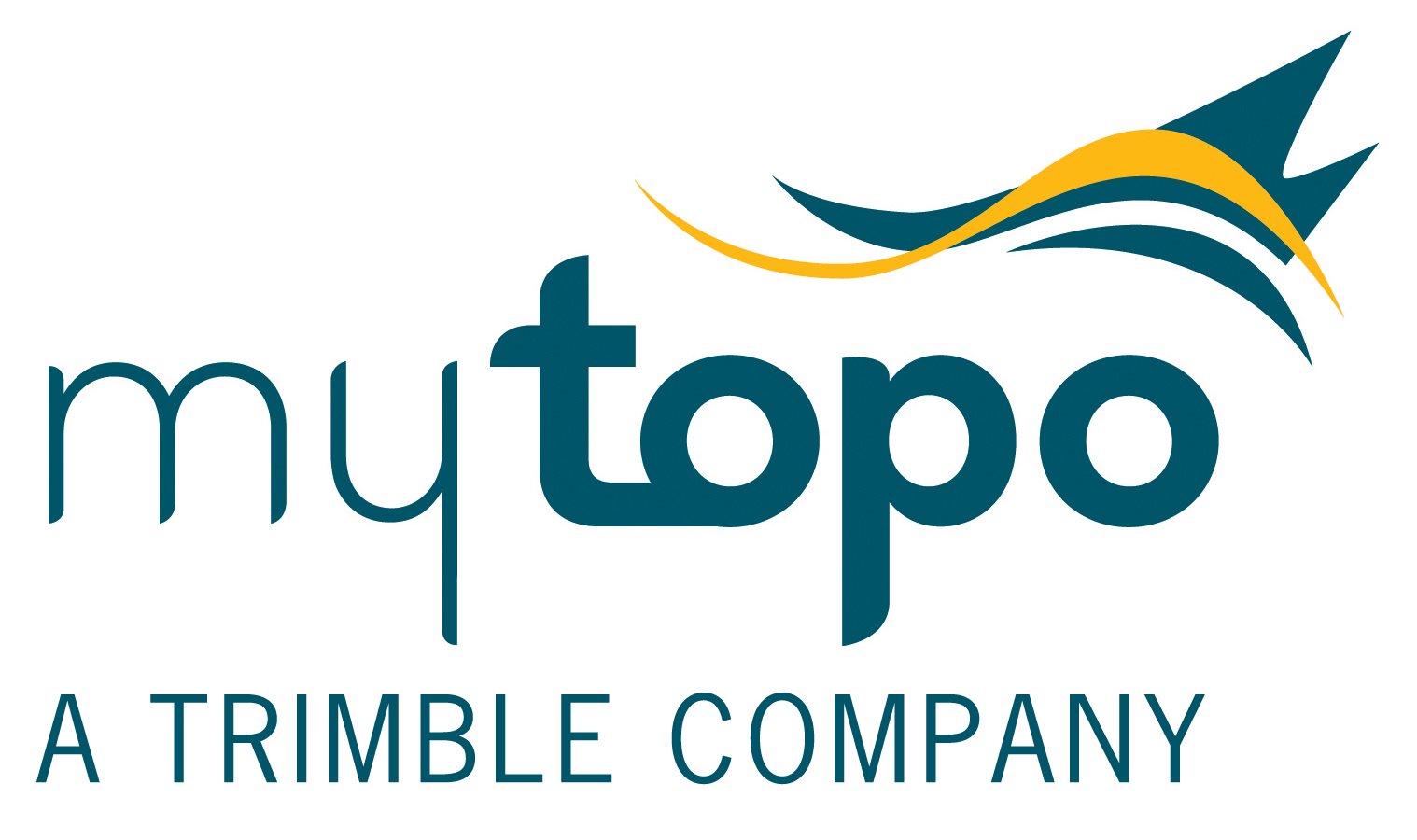Announcement: My online Land Navigation course includes four hours of video instruction, and two downloadable PDF books, all for about the same price as a typical paperback book. Get my Land Navigation course here.
Orienteering Training Book
The best orienteering training book I know of is Discovering Orienteering by Charles Ferguson and Robert Turbyfill. Edited by Orienteering USA and published by Human Kinetics, this book has around 200 pages jam-packed with solid information on the sport of orienteering.
The sport of orienteering is based on land navigation. My online video-based course in land navigation takes you step-by-step along the way to being a competent land navigator. Once you've completed it, you'll be ready to join in the sport of orienteering.
What's Covered in Discovering Orienteering
The authors cover numerous topics pertaining to orienteering, including not only navigational ideas but also fitness, nutrition, safety, ethics, integrity, rules, and how to prepare for and run a course.
What I found most helpful were the chapters on navigational skills, techniques, and processes. Those wanting to improve their ability to navigate on land--whether or not they participate in orienteering--will benefit from learning what's in these chapters.
Included in the navigational skills chapter are five skills:
- Rough map reading -- This is the skill of finding your way overland without knowing exactly where you are on the map, but having a rough idea.
- Precision map reading -- This is the skill of pinpointing yourself on the map using precise terrain features.
- Rough compass reading -- This is the skill of crossing the terrain roughly following an azimuth. Orienteers most often do this while following a line feature (handrail) or heading toward one (catching feature).
- Precision compass reading -- Precise compass use becomes important when you're zeroing in on the control, usually from an identifiable attack point. When using this skill, you'll point your compass's direction-of-travel arrow toward some distant terrain feature, then navigate to that feature. This is more precise than "running rough compass," that is, keeping the needle more or less "boxed" as you move along.
- Distance estimation by measurement and pace -- The authors say you should always use this skill, in which you measure on the map the distance you must cover, then mark off that distance by counting paces as you go. By keeping up with approximately how far you've traveled, you'll know about when you should arrive at specifiic distant terrain features.
Next the chapter on techniques includes:
- Catching features -- line features that can serve to stop your forward progress so you don't pass too far beyond a control.
- Handrails -- line features you follow to lead you across the terrain.
- Aiming off -- intentionally deviating your course to one side or the other of your target so you'll know which way to go as you approach the target.
- Collecting features while thumbing along -- identifying successive terrain features that you come to, and then marking those features on the map with your thumb so as not to lose your place.
- Finding attack points -- identifying good and identifiable points from which to zero in on the control.
Finally, the chapter on processes includes:
- Orienting the map -- making north on the map line up with north on the terrain.
- Simplifying the map -- mentally dispensing with map features you don't need to find your way, and focusing on those you do.
- Selecting the route -- the art of finding your way to the control. The authors suggest that in selecting your route, you look at the control first, then identify a good attack point to it, then finally work backward to where you are.
- Developing map memory -- being able to remember more of what you see on the map for a longer time, so you don't have to refer to the map as often.
- Relocating -- placing yourself again on the map after you've lost track of your specific location. The authors say: STOP, ORIENT YOUR MAP, FIND A FEATURE ON THE TERRAIN, ACQUIRE THAT FEATURE ON THE MAP. It's better to find a feature on the terrain, then acquire it on the map than vice versa. The other way round subjects you too much to the temptation to wishful thinking in which you mentally make the map fit the terrain even when it doesn't.
The Authors
The authors--Ferguson and Turbyfill--are both former military officers with extensive experience in orienteering. They have even designed a course called "Zero to Orange in Three Days," designed to take you from knowing nothing about orienteering to the skill level you'd need to compete on an orange (intermediate) course.
Five Stars
If I had a rating system, I'd give this one the best rating of Five Stars. Since I was interested in orienteering training, I stumbled upon this book on line, took a chance, and bought it. That turned out to be a good decision. It's comprehensive, well-written, and illustrated in full color.
If you really want to learn orienteering, don't pass this book up.
Return to What is Orienteering

